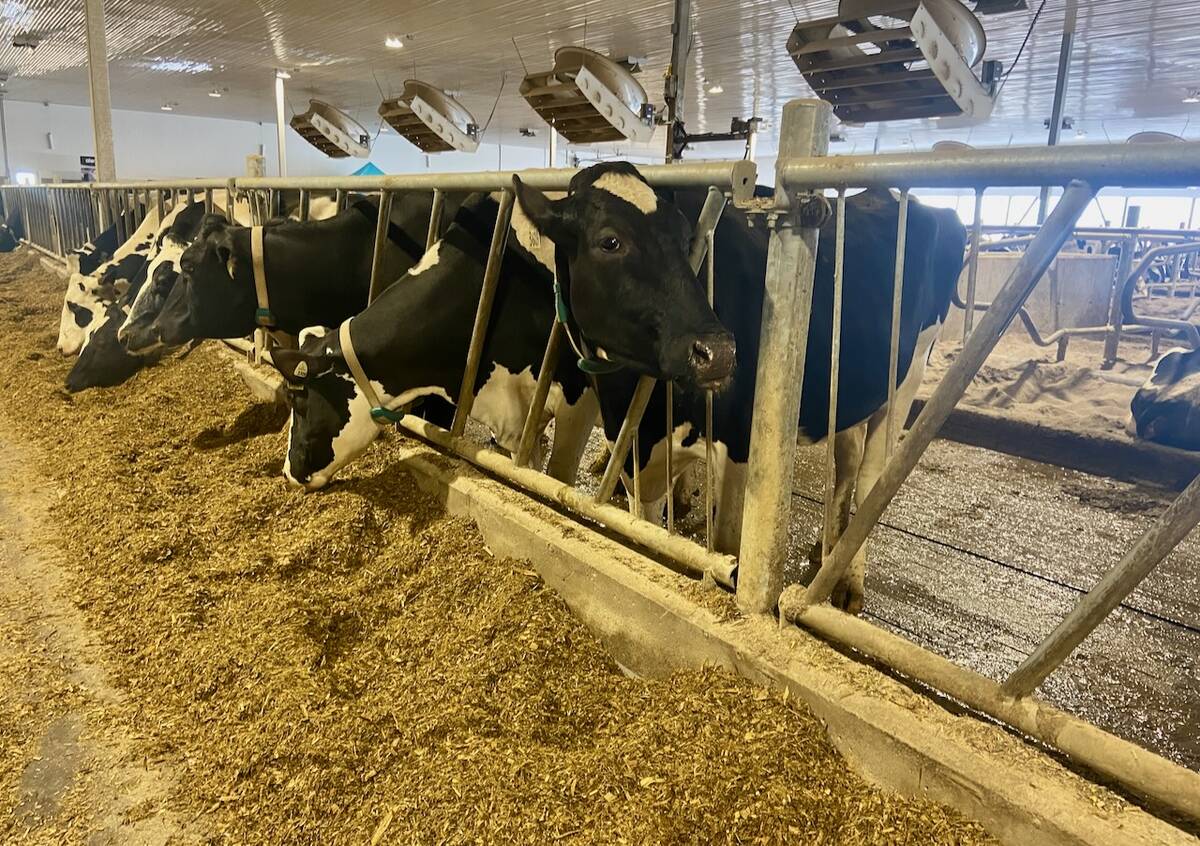Researcher says quickly determining if an animal has bovine respiratory disease may prevent unnecessary antibiotic use
Research coming out of Purdue University has taken an important step in developing a rapid test for bovine respiratory disease.
It could prove critical in reducing the nearly $1 billion in estimated losses the disease causes in the North American beef industry.
Mohit Verma, Canadian-born lead researcher and assistant professor at Purdue’s agricultural and engineering faculty, said the test could also help tackle the growing issue of antibiotic resistance by pinpointing which bacteria or virus is causing infections.
“It’s almost like trial and error,” said Verma regarding the use of antibiotics to treat BRD. They are successful as little as one in three times.
Read Also

U.S. farm group supports supply management
U.S. grassroots farm advocacy group pushing new agriculture legislation that would move towards supply management like Canada has for dairy industry
Verma said the U.S. Department of Agriculture provided funding toward the development of a rapid test that could identify BRD, as well as its cause in a specific animal.
“The end goal is to be able to do this type of testing in the feedlot, in the field,” he said, rather than the current and cost-prohibitive way done in the lab. “That takes days and the disease is spreading and it’s too expensive and that’s why people don’t do it.”
So far, lab research has developed a rapid test to identify bacterial causes of BRD and field testing is the next step. Refinement will be required because some BRD bacteria are always present in cattle, just not at the higher levels that cause infection.
“We’re also working on the detection of viruses as well as detection of antibiotic-resistance genes,” he said. “You kind of need all of those tests to get to that outcome (of a rapid test). But it’s basically based on the same platform.”
With the proof of concept showing that a nasal swab from an animal can identify the genetic markers of BRD in a relatively short time through a paper test, Verma said a bigger study will be undertaken.
But it will be several years before veterinarians or ranchers will be able to get their hands on a retail version of the rapid test.
“The technology still needs to evolve a little bit to make it more user friendly,” said Verma. “There are also some regulatory hurdles to get it into a product.”
But that could come in as little as three to five years, he said.
The similarities between rapid COVID test kits and the BRD research project, which started in 2018, were such that the university shifted into looking at developing the COVID test first, which has pushed the research into the BRD test, said Verma.
“What we learned we are applying to bovine respiratory disease as well as food safety applications,” he said.
Verma said the goal is to produce a BRD rapid test that sells for about $10, plus some one-time equipment costs of $200 to $300.
















